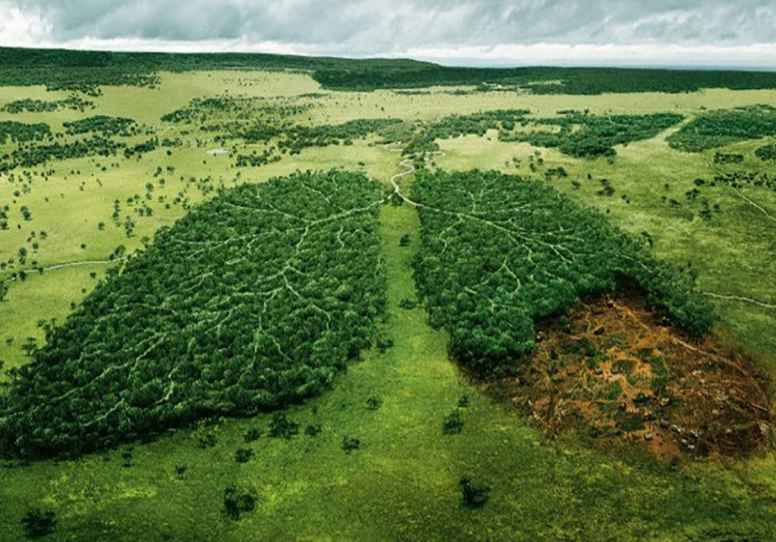Global Biodiversity for Food and Agriculture (BFA) is on a continuous decline, and this could pose a serious threat to our food, livelihoods, health and environment—a recent report published by FAO (Food and Agriculture Organization of the United Nations) has declared.
The State of World’s Biodiversity for Food and Agriculture was prepared on the basis of information provided by 91 countries, 27 international organisations, analysis of global literature and datasets, and contributions from more than 175 authors and reviewers. FAO, under the guidance of the Commission on Genetic Resources for Food and Agriculture, looked at numerous aspects that constitute the BFA, its present state and the factors that have led to their decline globally. The report also warns that once lost, there would be no way left for recovering the precious global biodiversity.
Biodiversity is the variety that lives manifest in myriads of forms. The variety could be in the genetic, species and eco system levels. Biodiversity for food and agriculture (BFA), as FAO categorizes, is the subset of biodiversity that contributes to the food production system and also agriculture, which includes domesticated plants and animals that are constituent of the crop, livestock, forest or aquaculture systems, harvested forest and aquatic species, the wild relatives of domesticated species along with other wild species harvested for food and other products. The BFA also includes the “associated biodiversity”—the range of organisms that live in and around food and agricultural production systems sustaining them and also contributing to their output.
Food security and sustainable development are inseparable from biodiversity for food and agriculture. BFA provides many ecosystem services—like creation and maintenance of healthy soils, pollinating plants, control pests etc., that are vital for food production and agricultural livelihoods.
Shocks and stresses, including those caused by climate change, have always been a threat to food and agricultural systems, and it is the BFA that could make production systems and livelihoods more resilient to such stresses. It also a variety of contributions to the livelihoods of scores of people, such as reducing the reliance of food and agricultural producers on the inputs that are either costly or environmentally hazardous.
Biodiversity also helps in addressing the threat posed by changing environment and socio-economic circumstances. Diversification of production systems by variety of means like use of multiple species, breeds or varieties, integration of crop, livestock, forest and aquatic biodiversity helps improve livelihoods and supports food security.
The FAO report indicates that the plant diversity in farmers’ field is decreasing, livestock breeds that are at risk of extinction are increasing and also the overwhelming increase in the proportion of overfished fish stocks.
Out of the 6,000 plants species that are cultivated for food, only 200 contribute to the global food output and only nine variety of plants account for 66% of total crop production.
The global livestock production is based on about 40 animal species, out of which only a handful provide the majority of meat, milk and eggs. 26% of the 7,745 local breeds of livestock reported globally are at the risk of extinction.
Nearly a third of the global fish stock is over cultivated and more than half have already reached their sustainable limit.
The report reveals that wild food species along with many contributing species vital to food and agriculture that include pollinators, soil organisms and natural enemies of pests are disappearing at an extremely rapid pace.
The largest numbers of the declining wild food species belong to countries in Latin America and the Caribbean, with Africa and Asia-Pacific following them.
Many species that belong to the associated biodiversity are also under severe threat. Birds, bats, insects that help control pests and diseases; wild pollinators like bees, butterflies—all belong to this category.
Home to countless species, forests, rangelands, mangroves, seagrass meadows, wetlands, coral reefs are also rapidly declining. These ecosystems provide numerous services that are essential for food and agriculture.
As reported by most of the participatory countries, changes in land and water use and management, pollution, over exploitation, over harvesting, climate change, population growth, and urbanization are the key factors that are leading to the severe disappearance of world biodiversity for food and agriculture.
In case of the associated biodiversity, all the countries reported habitat alteration and loss as major threats, but there are factors that vary across regions. Like in Africa, hunting, overexploitation, poaching appear to be the major factors; while in Europe and Central Asia the key factors become intensified agriculture and change in land use; again in Latin America and the Caribbean, overexploitation, invasive species, pests etc. become the key issues; and Asia has deforestation as the most important factor.





